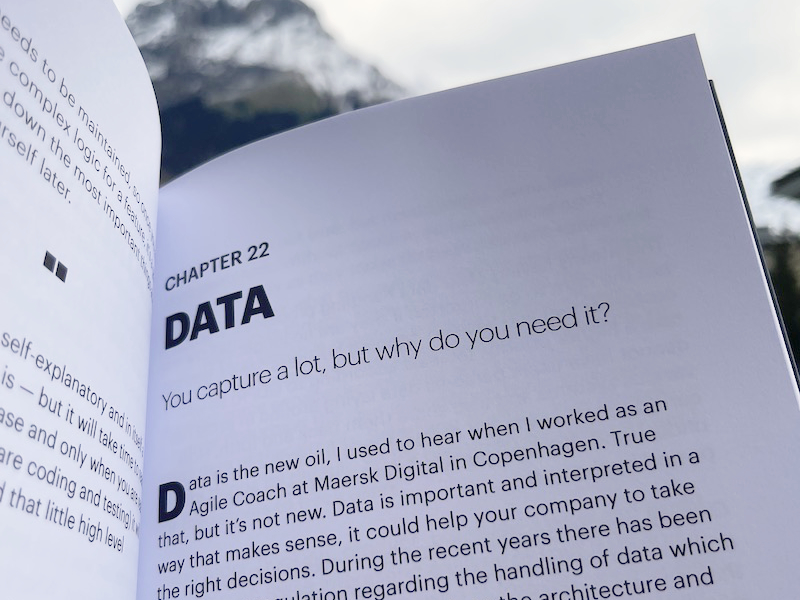
Data is important and if interpreted in a way that makes sense, it could help your company to take the right decisions.
During the recent years there has been a lot of new regulation regarding the handling of data which has also of course made its way in to the architecture and structure of both coding and database decisions.
Basically it’s simple; private data about users (including traceable links to a person) with their address, telephone number, images, activities etc can only be kept if the company has the users consent and only of there is a need for it.
There is enough information about this out there to be able to find which Article in which regulation to reference to, but it's important to remember that not only do you need to only hold relevant data from the users if it’s OK with them, you also must safe guard it from being used for anything else.
The user has the right to be forgotten if they are no longer your customer and you have no ongoing business, which would take a higher priority, (at least according to GDPR) so you cannot have users personal data laying around in excel files, various systems and also share them back and forth.
How can you then delete it if the user asks for it? Key here is to understand that user personal data is not your data, it's owned by the user.
Sharing sensitive data with external parties also needs the users consent, and the parts needs to sign a Data Processing Agreement as well as having correct processes in place to keep the data safe.
Using order, booking, product, purchase, status and event data you can make interesting analysis of your data and create reports, which can be used to forecast, plan or find important events.
The events can be used to understand the user behaviour and further help you understand where you are profitable, and where you are not.
More on how to handle your data and how to drive business insights from it in "The CTO Playbook", written by our CTO Robert Mejlerö, available on Amazon/Kindle.
We are a Swiss Company (LLC) based in  Switzerland.
Switzerland.
